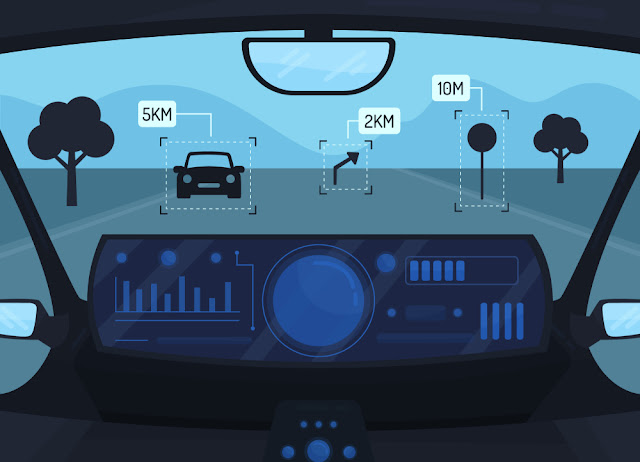How Will Self-Driving Cars Work?
The latest technological advancements in self-driving cars have been incredible, and everyone from Tesla to Google are working on their prototype. Self-driving cars, also known as autonomous cars can drive without any input from a driver, with the car completely controlling itself. If these new technologies continue to develop and take off, this could radically change our current transport system.
These autonomous cars work by internally mapping their surroundings, using a range of intelligent sensors monitoring different things. These sensors differ from prototype to prototype but have used; radar, lasers, high powered cameras or sonar. Computers within the car then process all of the information from these sensors to intuitively map their location and know what is surrounding the car, and what hazards there might be.
Once the car is aware of its surroundings It can steer, accelerate and break accordingly. The car is programmed to follow rules of the road such as speed limits and stop lights, but is also instilled with responsive rules such as object avoidance and ‘Smart Object discrimination’.
It is estimated 90% of road accidents are caused by human error, whether the person is distracted, under the influence or simply made a mistake, human error can be deadly. The hope is that autonomous cars will reduce accidents by eliminating the human error aspect. These self-driving cars will soon be able to communicate with each other, this will help to avoid accidents as they will know what the other cars are doing around them.
This tech is not without its risks however, in 1018 a self-driving car that was being tested on the streets struck and killed a cyclist who was trying to cross the busy road. Whilst the cause of this incident is still under investigation, it has reminded people that there are risks, this technology is still in its infancy and will still have a lot of issues to work out before it can be set loose on our roads.


No comments:
Post a Comment
Note: only a member of this blog may post a comment.